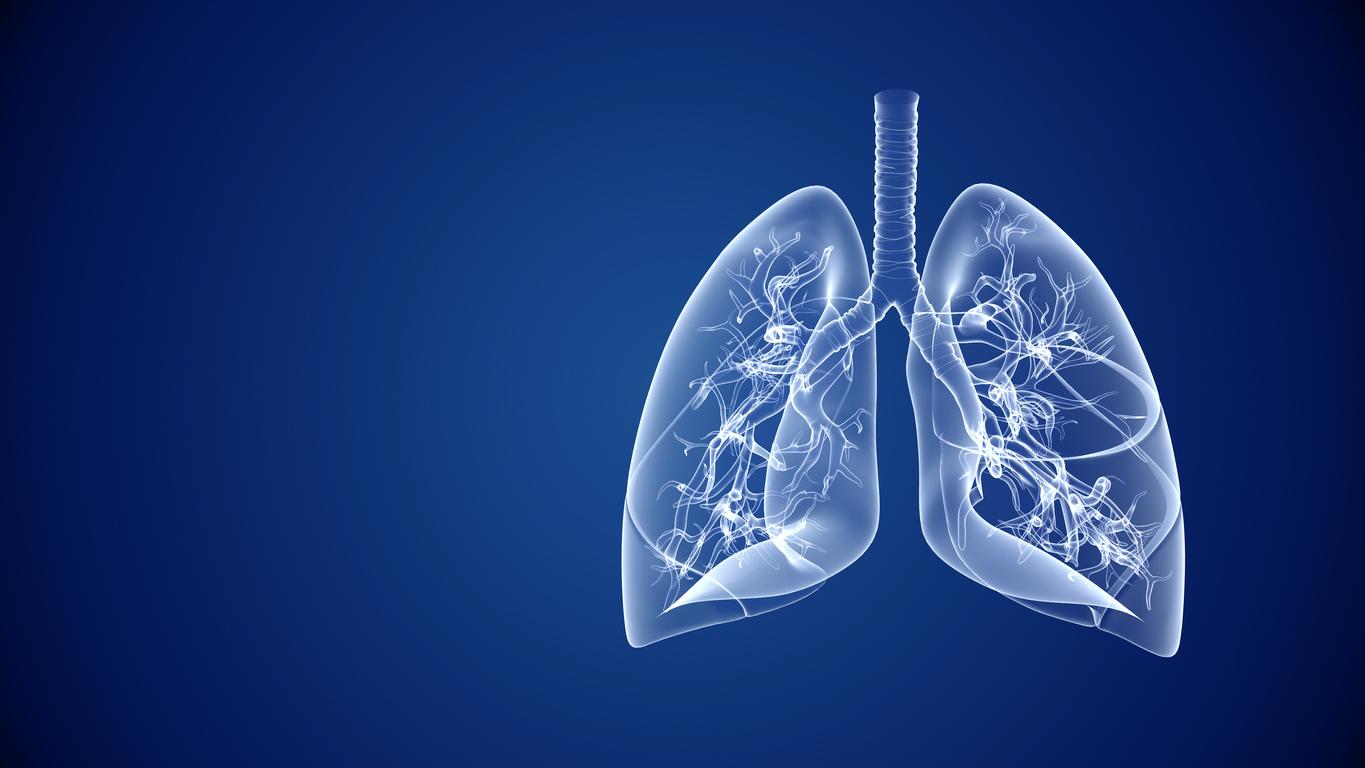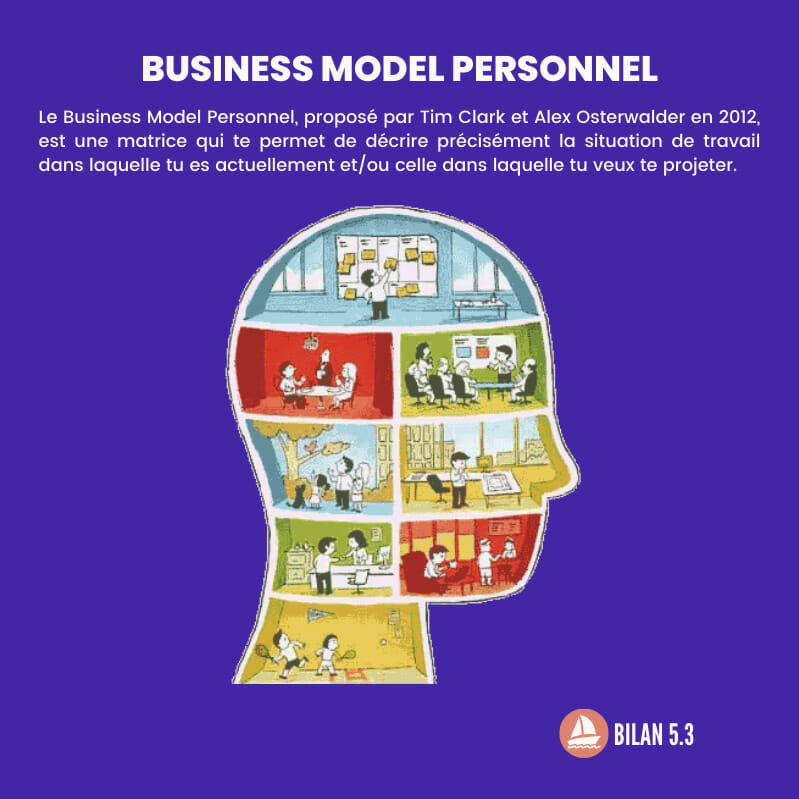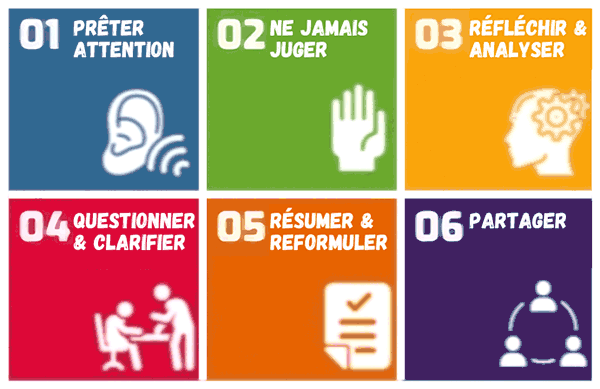Researchers have identified how immune cells shape the developing lungs, opening new avenues for treating respiratory diseases.

- A study reveals that immune cells may have a major role outside of immunity, in the growth of early lung tissue, much earlier in development than previously thought.
- She also suggests that “early immune disorders could manifest as pediatric lung disease.”
- This work on the mechanisms of early lung formation could contribute to the development of new therapeutic approaches to regenerate damaged lung tissue and restore lung function.
“Immune cells constitute an important part of the mature airways and lungs, performing gas exchange and protective barrier functions against infections. But the role of immune cells in the developing organ remained until here unexplored in relation to the role of structural cells or lining tissues.”
To better understand this influence of the immune system on lung growth, researchers from the Wellcome Sanger Institute, University College London (UCL) and their collaborators from the European Institute of Bioinformatics at EMBL carried out a new study, published in the journal Science Immunology.
What is the link between immune cells and the development of lung cells?
They examined immune cells from human lungs from 5 to 22 weeks of development, using single-cell sequencing technologies and experiments with lung cell cultures. The objective was to determine whether immune cells could affect the development of lung cells.
As a result, the researchers identified “key regulators of lung development, including the signaling molecule IL-1β and IL-13 that facilitate coordination of lung stem cells differentiating into specialized mature cells”can we read in a communicated. They detected “an infiltration of innate immune cells, followed by adaptive immune cells [dont] developing and mature B cells, indicating that the lung environment supports immune cell development.”

Better treatment of childhood lung diseases
The study reveals that immune cells therefore have a major role outside of immunity, in the growth of early lung tissue, i.e. “much earlier in development than previously thought.” She also suggests that “early immune disorders could manifest as pediatric lung disease.”
This discovery could, according to the researchers, contribute to the development of new therapeutic approaches allowing “to regenerate damaged lung tissue and restore lung function”. And, ultimately, to treat childhood lung diseases, while respiratory pathologies represent nearly 20% of all deaths in children under 5 years old around the world.
















